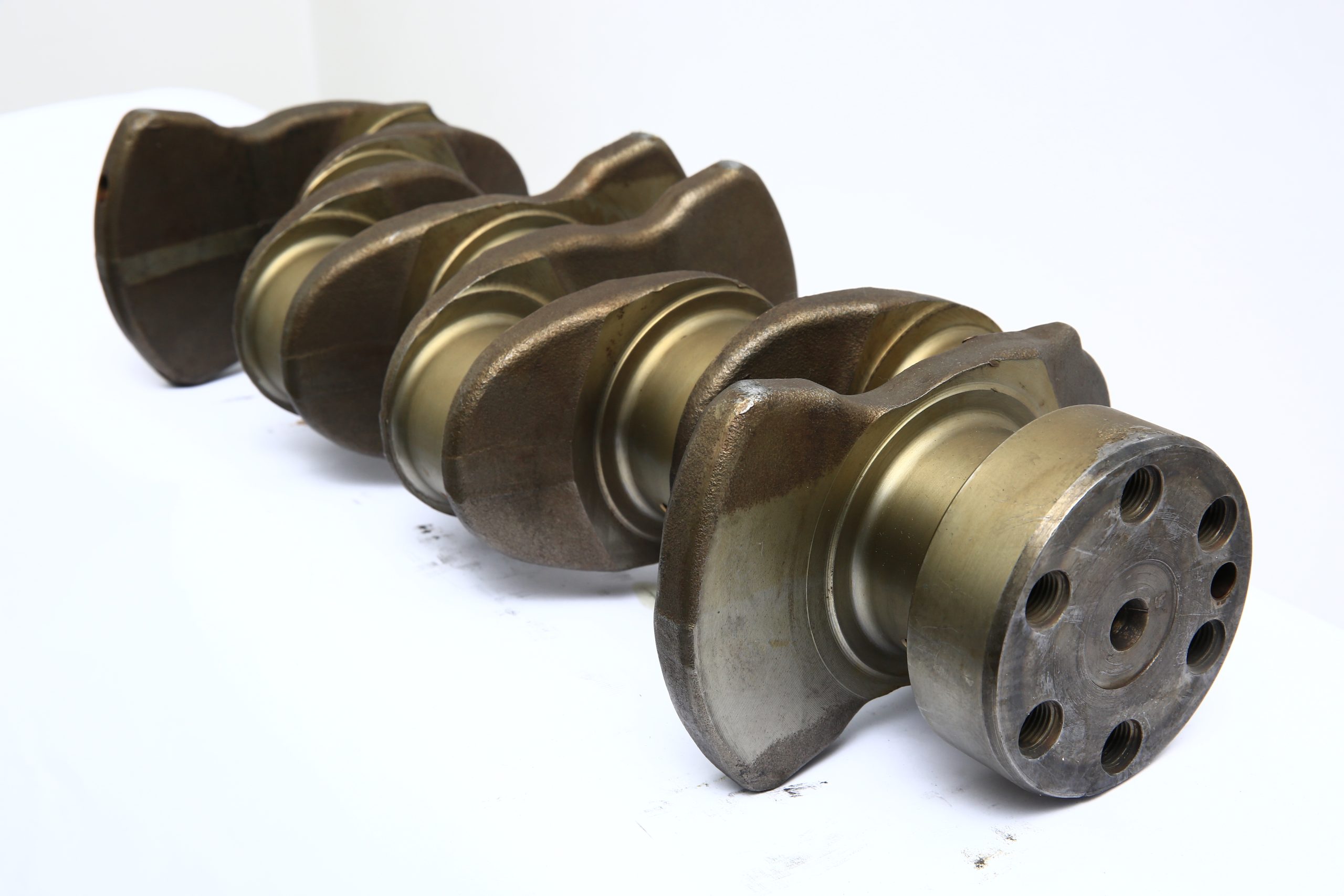Connecting Rod Engine: Unraveling the Vital Link in Power Generation aims to shed light on the crucial role connecting rods play in internal combustion engines. As one of the most essential components, connecting rods are responsible for transforming the linear motion of the piston into the rotational motion needed by the crankshaft to generate power.
A connecting rod consists of several key parts: the big end, the small end, and the rod itself. The big end connects to the crankshaft, while the small end attaches to the piston pin, forming the vital link between the piston and crankshaft. The connecting rod must be able to withstand tremendous forces while maintaining a lightweight design to minimize inertia.
Connecting rods can be manufactured using various materials, including cast iron, forged steel, billet steel, aluminum, and titanium. Each material offers unique properties, such as strength, weight, and durability, which can significantly impact engine performance. Forged steel and billet steel connecting rods are popular choices for high-performance engines, while aluminum and titanium rods are ideal for weight reduction.

The manufacturing process of connecting rods also influences their overall strength and durability. Forging, casting, and machining are the primary methods used to produce connecting rods, with each process offering its benefits and drawbacks. Forged connecting rods, for example, are known for their increased strength and resistance to fatigue, making them a popular choice for high-performance applications.
It is essential to consider the type of engine and its intended use when selecting the right connecting rod. High-performance engines that produce high levels of horsepower and torque may require stronger connecting rods, such as H-beam or I-beam designs. In contrast, engines focused on weight reduction and efficiency may benefit from lighter A-beam or I-beam connecting rods.
Proper maintenance and inspection of connecting rods are crucial for ensuring engine reliability and longevity. Connecting rod failure can lead to catastrophic engine damage, making it essential to regularly inspect and replace worn or damaged components. Monitoring bearing clearances, rod alignment, and bolt torque can help prevent premature connecting rod failure and extend the life of an engine.
In conclusion, connecting rods are the vital link in power generation within an internal combustion engine. Understanding the various materials, manufacturing processes, and design considerations can help engine builders and enthusiasts make informed decisions when selecting components for their specific applications. Choosing the right connecting rod can lead to improved engine performance, increased durability, and a more enjoyable driving experience.